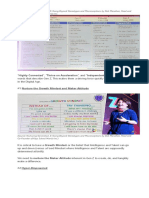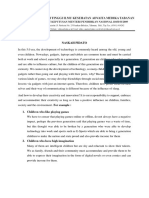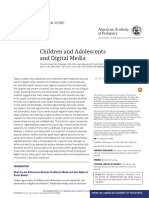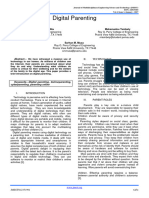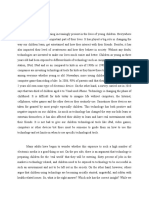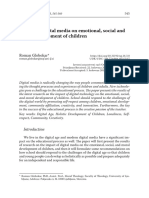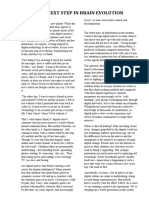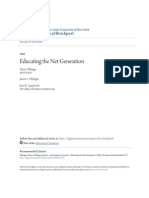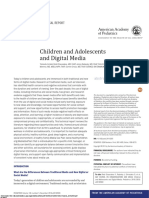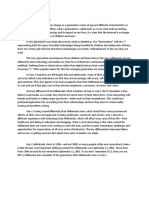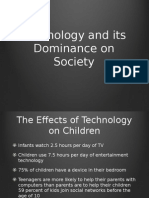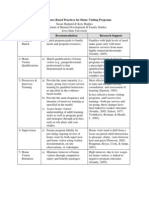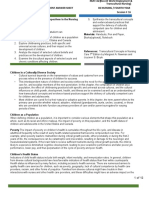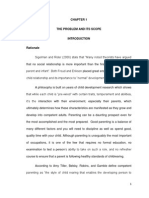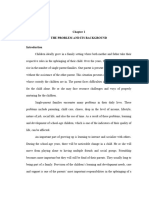0% found this document useful (0 votes)
26 views6 pagesAnnotated Bibliography
The annotated bibliography examines how different generations, particularly millennials and Generation Z, spend their free time, highlighting the impact of technology and social media. It includes studies on mobility patterns, the influence of YouTube and social media advertising on children, and the evolution of entertainment from physical to digital formats. The findings suggest a significant shift in leisure activities towards digital platforms, with implications for character development and societal engagement among youth.
Uploaded by
ruthmulu54Copyright
© © All Rights Reserved
We take content rights seriously. If you suspect this is your content, claim it here.
Available Formats
Download as DOCX, PDF, TXT or read online on Scribd
0% found this document useful (0 votes)
26 views6 pagesAnnotated Bibliography
The annotated bibliography examines how different generations, particularly millennials and Generation Z, spend their free time, highlighting the impact of technology and social media. It includes studies on mobility patterns, the influence of YouTube and social media advertising on children, and the evolution of entertainment from physical to digital formats. The findings suggest a significant shift in leisure activities towards digital platforms, with implications for character development and societal engagement among youth.
Uploaded by
ruthmulu54Copyright
© © All Rights Reserved
We take content rights seriously. If you suspect this is your content, claim it here.
Available Formats
Download as DOCX, PDF, TXT or read online on Scribd
/ 6

